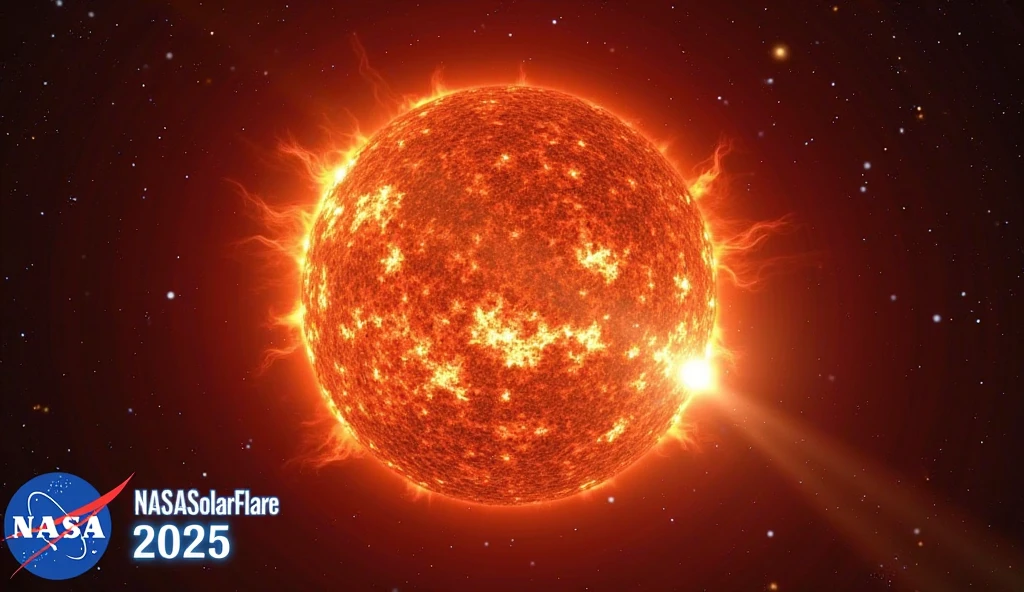NASA’s solar flare tracking in 2025 has captured global attention as the Sun unleashes powerful eruptions, impacting Earth in surprising ways. Just yesterday, on May 19, 2025, an M3.2 solar flare erupted from an unseen sunspot, hinting at more activity to come. These events, often accompanied by coronal mass ejections (CMEs), can trigger radio blackouts and even auroras. Meanwhile, NovexaHub News dives into NASA’s latest findings, exploring what these solar flares mean for our planet and beyond. Let’s uncover the science and impacts of these fiery solar events. Stay updated with our News Category or check NASA’s official site for more on space weather.
NASA Solar Flare 2025: A Surge in Solar Activity
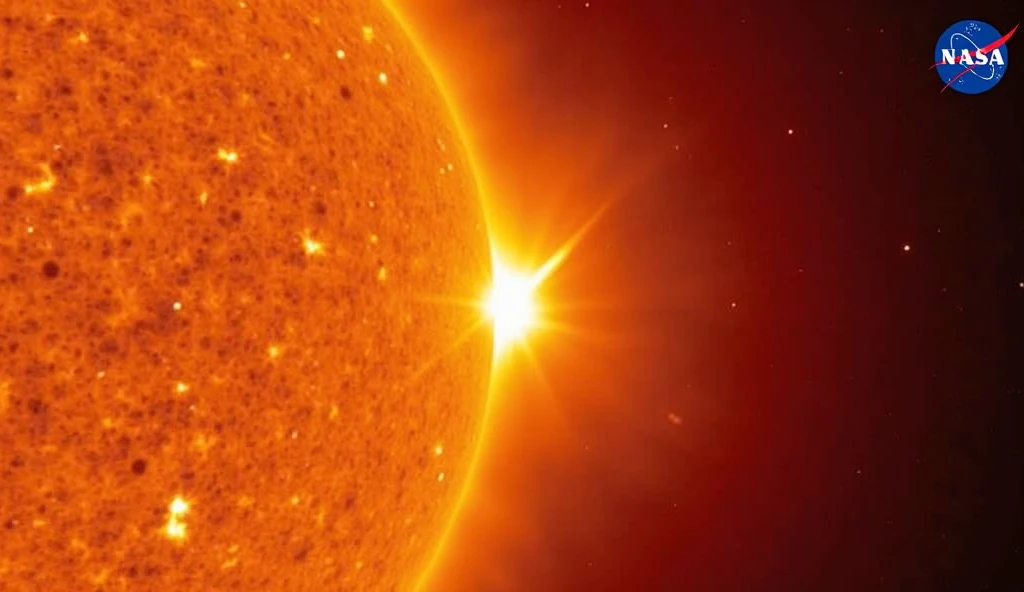
NASA’s Solar Dynamics Observatory (SDO) has been closely monitoring the Sun as it navigates the peak of Solar Cycle 25, which began its solar maximum phase in late 2024. On May 19, 2025, at 08:13 UTC, an M3.2 flare erupted from an unnumbered region on the Sun’s northeast limb, as reported by EarthSky. This moderate flare, captured in 171 and 131 angstrom wavelengths, caused a dramatic movement of coronal field lines, suggesting a possible CME. Moreover, NASA’s data indicates that this flare triggered minor radio blackouts across parts of Europe and Asia. Consequently, the NASA Solar Flare 2025 event highlights the Sun’s heightened activity, with more flares expected as the solar cycle progresses.
What Are Solar Flares and Why Does NASA Track Them?
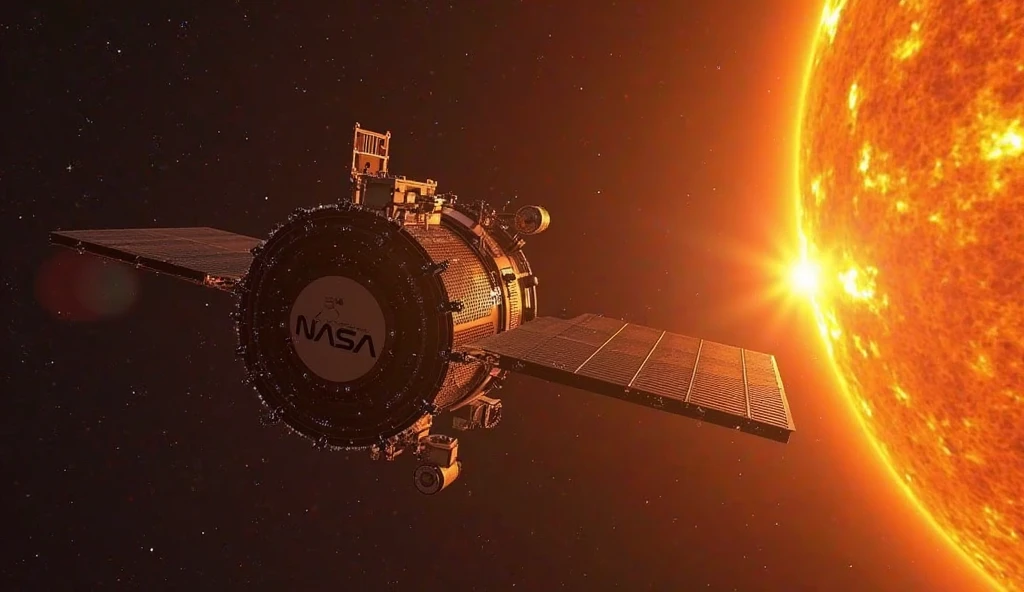
Solar flares are intense bursts of electromagnetic radiation caused by the sudden release of magnetic energy in the Sun’s atmosphere, often near sunspots. For instance, NASA classifies flares into five categories—A, B, C, M, and X—based on their X-ray intensity, with X-class being the most powerful. The M3.2 flare on May 19 falls into the moderate category but still packs enough energy to affect Earth. According to NASA, these flares can disrupt radio communications, GPS systems, and even pose risks to astronauts in space. Therefore, NASA’s tracking efforts for the NASA Solar Flare 2025 events, using tools like the SDO and GOES satellites, are crucial for predicting space weather and mitigating its impacts on our technology-dependent world.
The Strongest Solar Flares of 2025 So Far

While the M3.2 flare made headlines, 2025 has already seen more powerful eruptions. For example, on May 14, 2025, NASA recorded an X8.7 flare—the strongest of Solar Cycle 25 so far—peaking at 12:51 p.m. ET, as noted by NASA’s Scientific Visualization Studio. This flare caused significant radio blackouts across the Pacific Ocean. Additionally, just a day earlier, on May 13, an X1.2 flare erupted, followed by an M5.3 flare on May 14, impacting North and South America, Europe, and Africa with radio disruptions, according to Live Science. Consequently, these events underscore the Sun’s volatile behavior during its solar maximum, a period NASA predicts will continue through at least 2031.
Coronal Mass Ejections: The Hidden Threat
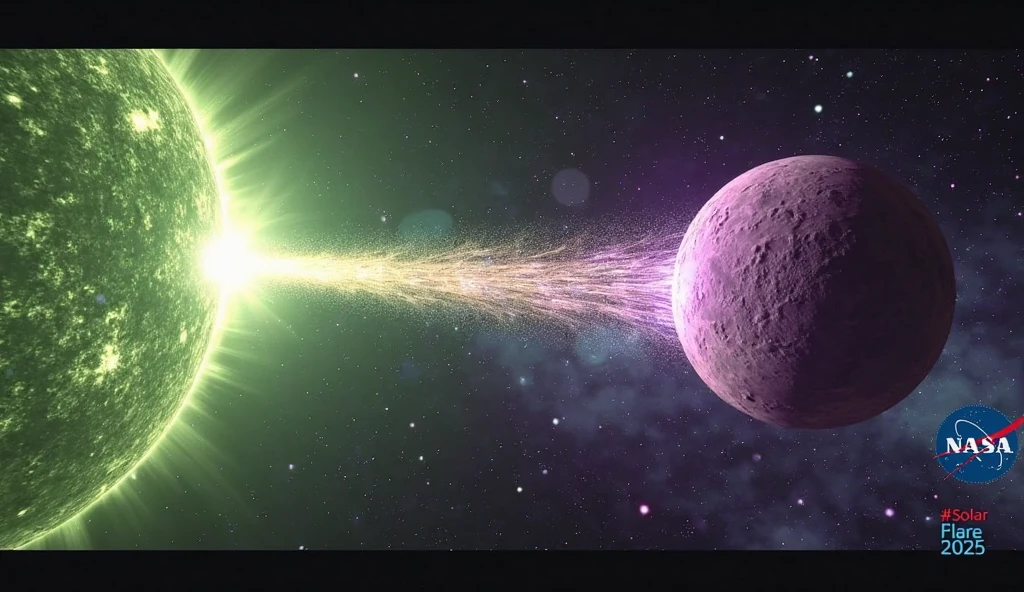
Solar flares often come with coronal mass ejections (CMEs)—massive clouds of charged particles and magnetic fields hurled into space at speeds up to 3 million mph. For instance, the M3.2 flare on May 19 showed signs of a possible CME, though NASA is still analyzing whether it’s Earth-directed. If a CME hits Earth, it can deform our planet’s magnetic field, causing geomagnetic storms that lead to auroras and potential power grid disruptions. Web sources note that a recent CME from an X-class flare is expected to reach Mars on May 18, potentially triggering auroras there, as reported by NBC News. Meanwhile, NASA’s STEREO observatory continues to monitor these events, ensuring we’re prepared for any Earth-bound impacts.
Radio Blackouts and Other Impacts on Earth
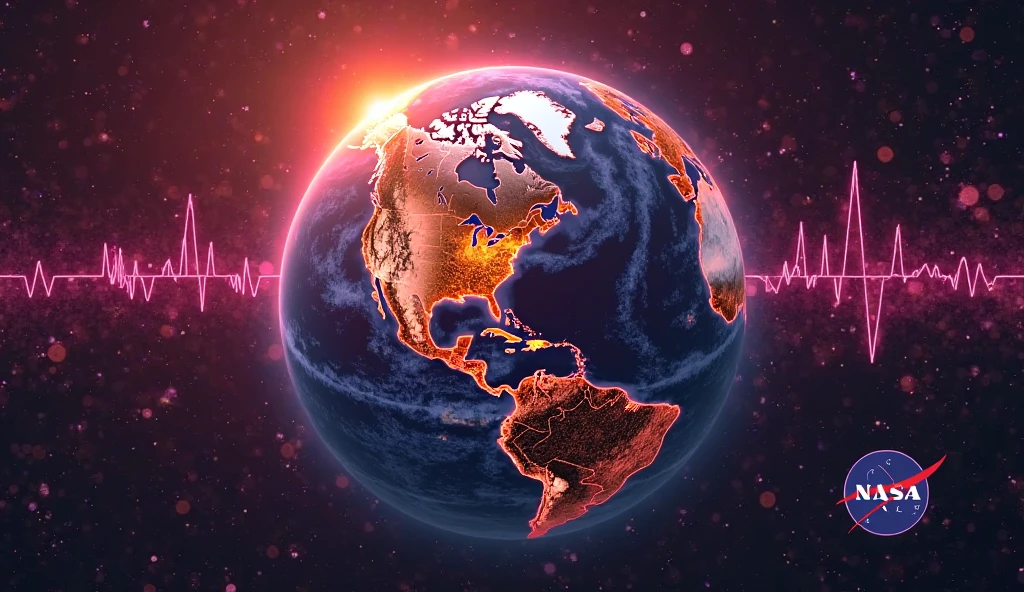
The immediate effect of solar flares is often felt through radio blackouts, as seen with the M3.2 flare on May 19. These blackouts occur when X-ray and extreme ultraviolet (EUV) radiation ionizes Earth’s lower ionosphere, absorbing high-frequency (HF) radio waves, as explained by NOAA’s Space Weather Prediction Center. For example, the X8.7 flare on May 14 caused widespread disruptions across the Pacific, while earlier flares in 2025 affected five continents, according to NBC News. Additionally, strong flares can degrade satellite hardware and pose risks to astronauts, though Earth’s atmosphere shields us from harmful radiation on the ground. Therefore, NASA’s real-time tracking is vital for minimizing these disruptions.
What’s Next for Solar Activity in 2025?

NASA predicts that solar activity will remain high throughout 2025, with a 25% chance of more M-class flares and a 5% chance of X-class flares in the coming days, as per EarthSky’s forecast on May 19. The Sun’s current active region, responsible for recent flares, is now rotating out of Earth’s view, but NASA’s STEREO spacecraft will continue monitoring it. Meanwhile, sunspot AR4087, which produced earlier X-class flares, is moving into a position where future eruptions could directly impact Earth, potentially causing auroras as far south as the northern U.S. Consequently, NASA’s ongoing observations will be key to understanding and preparing for the Sun’s next moves. Learn more about auroras at Space.com.
Why This Matters: The Bigger Picture

The 2025 solar flares remind us of our planet’s deep connection to the Sun. While they bring stunning auroras, they also pose challenges to our technology-driven society. For instance, a 2025 study cited by NASA found that 65% of AI companion app users—another trending topic—felt less lonely, but solar flares can disrupt the satellites these apps rely on. Moreover, the potential for even stronger flares, like the X40 event in 2003, raises questions about our preparedness for extreme space weather. Therefore, NASA’s work not only advances science but also safeguards our modern way of life. Explore more insights in NovexaHub’s News Category or visit NASA’s Space Weather page for detailed updates.

